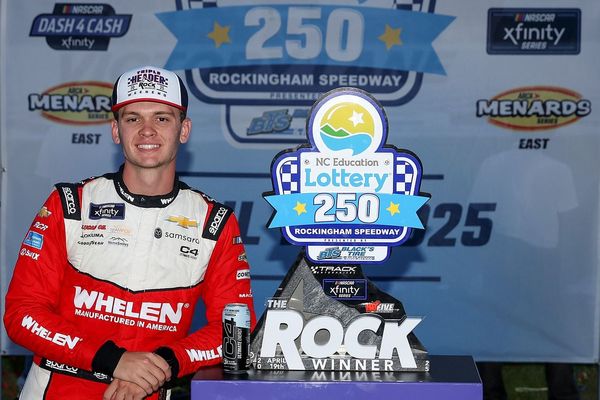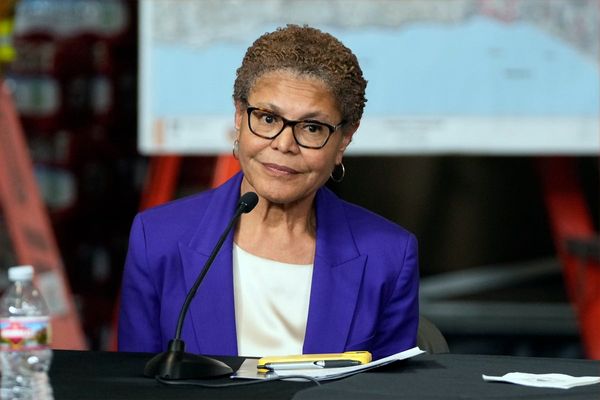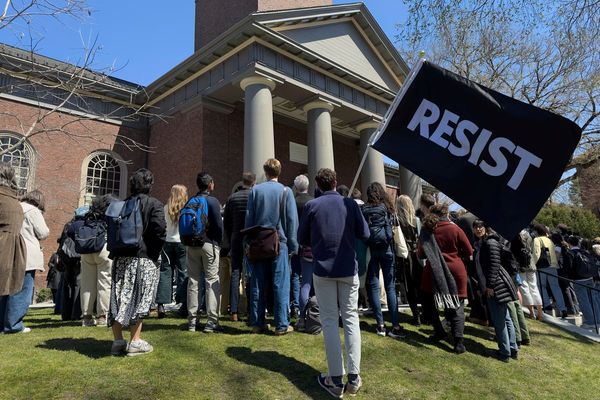
Cadillac is evaluating whether to source suspension parts from Ferrari after completing a deal for power units and gearboxes ahead of its Formula 1 debut in 2026.
Should the American team expand its collaboration with the Maranello operation to include the supply of suspension, it would use a similar concept to fellow US squad Haas, which has been following this path since it joined the grid in 2016.
For now there is no official confirmation, but the deal, in addition to securing a high-level technical base for development, would allow Cadillac to invest in other areas of research and, most importantly, to find the necessary personnel to run two cars in 2026.
Multiple teams on the grid source suspension from elsewhere. Apart from Haas, Racing Bulls has a similar deal with sister squad Red Bull, while Aston Martin also receives the complete rear end from Mercedes.
Having received approval to become the 11th squad on the grid next year, Cadillac is already a thorn in the side of the teams running at the back of the grid.
It enjoys several advantages in the design and build of its first F1 car, as it faces fewer regulatory constraints in the use of wind tunnel and CFD research than the 10 teams that already are on the grid.
Although it must comply with the 2025 budget cap rules, as stated in Article 10 of F1’s financial regulations, Cadillac will be able to count on 115% of the wind tunnel time compared to the standard base – just like 10th-placed Sauber.
Therefore, it should come as no surprise that Cadillac’s grand prix preparations are now being watched closely. While its rivals will have to split the time in the wind tunnel between two different cars based on two different rulesets, the new team can devote the entirety of its resources to its 2026 machine.

With the FIA deciding to tighten the rules on front wing flex from the Spanish GP in early June, even teams that had planned to divert resources – including staff – to the 2026 project will be forced to review their plans to adapt the current cars to the new and more stringent verification criteria. Cadillac, meanwhile, will have greater freedom of action as it does not have to worry about running or adapting a 2025 car to changing rules.
Cadillac relies on one of Toyota's two wind tunnels in Cologne, where former F1 consultant Pat Symonds laid the foundations to develop the car’s aerodynamics around Ferrari's power unit and gearbox.
The Scuderia will supply the power unit to the team until General Motors is able to build its own bespoke engine by the end of the decade.







